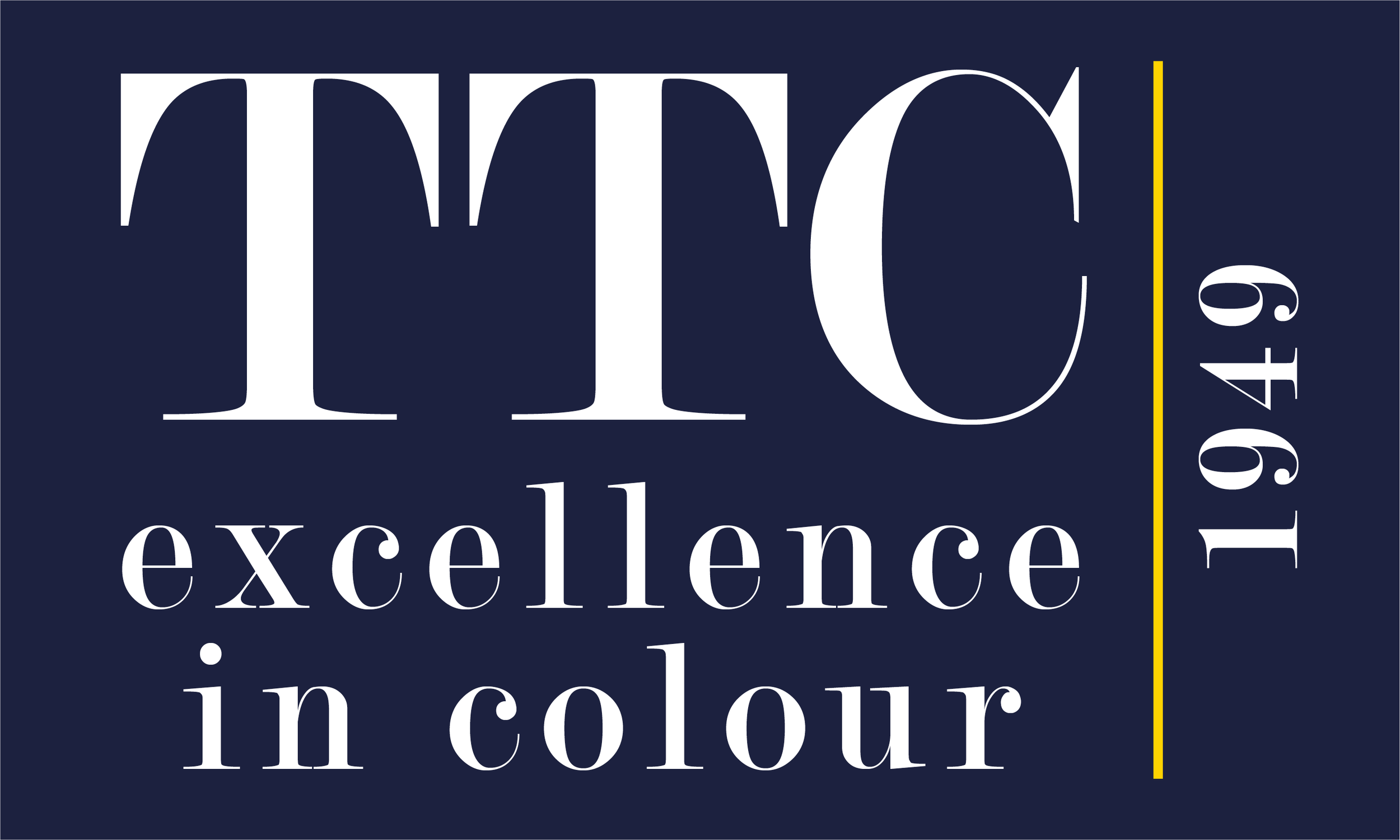Pigment Dispersions Market worth $44.4 billion by 2026
Exclusive Report by MarketsandMarkets™
According to the new market research report "Pigment Dispersions Market by Dispersion Type(Water-based, Solvent-based), Application, Pigment Type, End-use Industry (Building & Construction, Automotive, Packaging, Paper & Printing, Textile), and Region - Global Forecast to 2026", published by MarketsandMarkets™, the global Pigment Dispersions Market size is projected to reach USD 44.4 billion by 2026 from USD 37.1 billion in 2021, at a CAGR of 3.7% during the forecast period.
How aligned is TTC Ltd’s service to the direction of the global marketplace?
“The growing demand for pigment dispersions from high-value end-use industries such as automotive and packaging, as well as rapid urbanization in emerging economies are the major drivers for the market.
The intensifying need for paints & coatings and construction materials in developing economies is also driving the pigment dispersions market. In addition, the expanding requirement for organic pigments in paints & coatings and printing inks applications is positively influencing the market. Swift industrial development in emerging economies such as India, China, Brazil, Peru, Malaysia, and others is expected to provide huge opportunities for the growth of pigment dispersions market.”
Asahi Tennants Color Pvt Ltd officially opened its new AZO Pigment factory at Dahej, India on 19th November 2020. The factory is a Joint Venture between TTC and Asahi Songwan and manufactures AZO pigments for a range of applications including Textile, Paint, Plastic and ink. Combining TTC’s AZO Pigment Technology and Asahi’s expertise in pigment manufacturing in India the plant produces high quality, high purity pigments designed to meet the increasing regulatory requirements in our world today.
“Based on dispersion type, solvent-based pigment dispersions is estimated to be the largest market in the overall pigment dispersions market in 2021.
The solvent-based pigment dispersions segment is the largest and is also projected to continue this trend till 2026. Solvent-based pigment dispersions have a wide range of applications and exhibit beneficial properties. The key growth driver of the high consumption of these pigment dispersions is owing to their low surface tension, which makes the wetting of pigment particles easier. Solvent-based dispersions have various functional properties such as high print quality, fast-drying, and adhesion to many substrates. Solvent-based dispersions are mostly used in the printing and automotive industries.”
TTC offers a wide variety of solvent-based dispersions that can be available in different resin types to meet the needs of formulators who want to introduce colour in a range of industries and applications.
Some of our most popular ranges are Alkyd and Universal (Aldehyde) resin-based dispersions for Paints & Coatings.
For Printing Inks, we offer colourants in various solvent mixes:
MIBK
EMK
Butyl
& more available on request.
“Based on application, decorative paints & coatings is estimated to be the largest market in the overall pigment dispersions market in 2021.
The decorative paints & coatings segment is the biggest and this trend is anticipated to continue till 2026. The key growth driver of the high consumption in this segment is owing to their demand in residential and commercial building construction. They are primarily used on the interiors and exteriors of various residential and non-residential buildings. Residential construction is projected to be the leading consumer of decorative coatings due to the increasing demand for new painting and repainting of residential constructions and the rapid growth in homeownership in emerging countries.”
The AQUAPRINT TINT dispersions are a range of fine aqueous ‘binder free’ pigment dispersions ideal for most aqueous and decorative paint systems which comply with European legislation.
“Based on end-use industry, building & construction is expected to be the largest pigment dispersions segment in 2021.
The building & construction sector is the largest consumer of pigment dispersions. In the building & construction industry, pigment dispersions are used in pavers, flooring, tiling, bridges, and others. Pigment dispersions provide chemical inertness, heat stability, weatherability, and lightfastness properties. In this industry, pigment dispersions are widely used in residential, commercial, industrial, and institutional buildings. Growing awareness and the booming business of interior decoration drive the use of pigment dispersions in interior designing.”

